The recent surge in wildfires across the United States has become a pressing issue, affecting communities, ecosystems, and air quality. Wildfires’ increasing frequency and intensity are alarming due to their immediate and long-term impacts.
Tag: Drought
Phosphorylation: the molecular key to birch trees’ drought endurance
Researchers have elucidated the pivotal function of the BpNAC90 gene’s phosphorylation in birch trees, which is essential for their drought tolerance. This discovery in gene expression regulation presents a significant step towards engineering plants with enhanced resilience to arid conditions, offering a strategic approach to combat the impacts of climate change on vegetation.
Desert hero unveiled: Cissus quadrangularis genome decodes drought survival tactics
In a recent study, scientists have unlocked the genetic secrets of Cissus quadrangularis, a plant that flourishes in the harshest of desert climates. The discovery of its adaptive traits and the Crassulacean acid metabolism (CAM) pathway marks a significant leap forward in the quest for drought-resistant crops.
U of I-Led Team Receives $15 Million to Study the Effects of Drought and Fires on Forests
A multidisciplinary team led by University of Idaho researchers has received a $15 million grant to study the long-term impact of drought and fire on forest ecosystems.
How can forests be reforested in a climate-friendly way?
Europe’s forests have already been severely affected by climate change. Thousands of hectares of trees have already died due to drought and bark beetles. Scientists from the University of Vienna and the Technical University of Munich have now investigated which trees can be used for reforestation.
Researcher studying worst western US megadrought in 1,200 years
Drylands in the western United States are currently in the grips of a 23-year “megadrought” and one West Virginia University researcher is working to gain a better understanding of this extreme climate event.
New report ‘braids’ Indigenous and Western knowledge for forest adaptation strategies against climate change
Severe droughts and wildfires, invasive species, and large insect outbreaks are straining national forests and surrounding lands. A new report outlines a new approach to forest stewardship that “braids together” Indigenous knowledge and Western science to conserve and restore more resilient forestlands in the U.S.
Tropical Plants Beat Drought by Interacting with Specific Microbes
Researchers from the University of Arizona and the Environmental Molecular Sciences Laboratory, a Department of Energy user facility, discovered that that plants can maintain specific microbe partnerships during times of drought, revealing a new level of resilience.
Revealing Nature’s Secrets from Space: Satellite Data Unlocks Drought’s Impact on Southwest China’s Carbon Cycle
A new study reveals a significant increase in aboveground carbon (AGC) in Southwest China from 2013 to 2021, defying the adverse effects of extreme droughts. This achievement underscores the region’s pivotal role as a carbon sink, attributed to extensive ecological projects and innovative remote sensing techniques.
Drought, Soil Desiccation Cracking, and Carbon Dioxide Emissions: An Overlooked Feedback Loop Exacerbating Climate Change
Soil stores 80 percent of carbon on earth, yet with increasing cycles of drought, that crucial reservoir is cracking and breaking down, releasing even more greenhouse gases creating an amplified feedback loop that could accelerate climate change.
Droughts may trigger HIV transmission increase among women in rural sub-Saharan Africa, study finds
Droughts have the potential to increase the spread of HIV for women living in rural parts of Africa, researchers at the University of Bristol have found.
Increased access to water a threat to nomadic livestock farmers
Increasing access to water in extremely arid parts of sub-Saharan Africa can help nomadic livestock farmers in the short term.
Study links changes in global water cycle to higher temperatures
A new study takes an important step toward reconstructing a global history of water over the past 2,000 years. Using geologic and biologic evidence preserved in natural archives — including globally distributed corals, trees, ice, cave formations and sediments — the researchers showed that the global water cycle has changed during periods of higher and lower temperatures in the recent past.
Combining math and entomology to predict, mitigate soybean aphid outbreaks
Iowa State researchers are developing mathematical models to simulate soybean aphid population dynamics over a growing season with a wide array of stressors, including droughts and floods. The project received a USDA grant earlier this year and is in collaboration with entomologists at Ohio State University.
Mississippi saltwater incursion threatens farms, can exacerbate nutrient pollution
CORNELL UNIVERSITY MEDIA RELATIONS OFFICESept. 29, 2023 Mississippi saltwater incursion threatens farms, can exacerbate nutrient pollution A prolonged Midwest drought is reducing the flow of fresh water in the Mississippi River. The infiltrating salt threatens drinking water, but also the…
Ohio’s droughts are worse than often recognized, study finds
A new type of analysis suggests that droughts in Ohio were more severe from 2000 to 2019 than standard measurements have suggested.
Water quality deteriorating in rivers worldwide
An international group of scientists has brought together a large body of research on water quality in rivers worldwide.
Then vs. now: Did the Horn of Africa reach a drought tipping point 11,700 years ago?
‘Wet gets wetter, dry gets drier’. That mantra has been used for decennia to predict how global warming will affect the hydrological cycle in different world regions.
New Research Suggests Wheat Crops May Be Threatened by Unprecedented Heat and Drought
A recent study led by a researcher at the Friedman School of Nutrition Science and Policy at Tufts University found that the likelihood of extreme temperatures that could affect crop yields has increased significantly in wheat-producing regions of the U.S. and China.
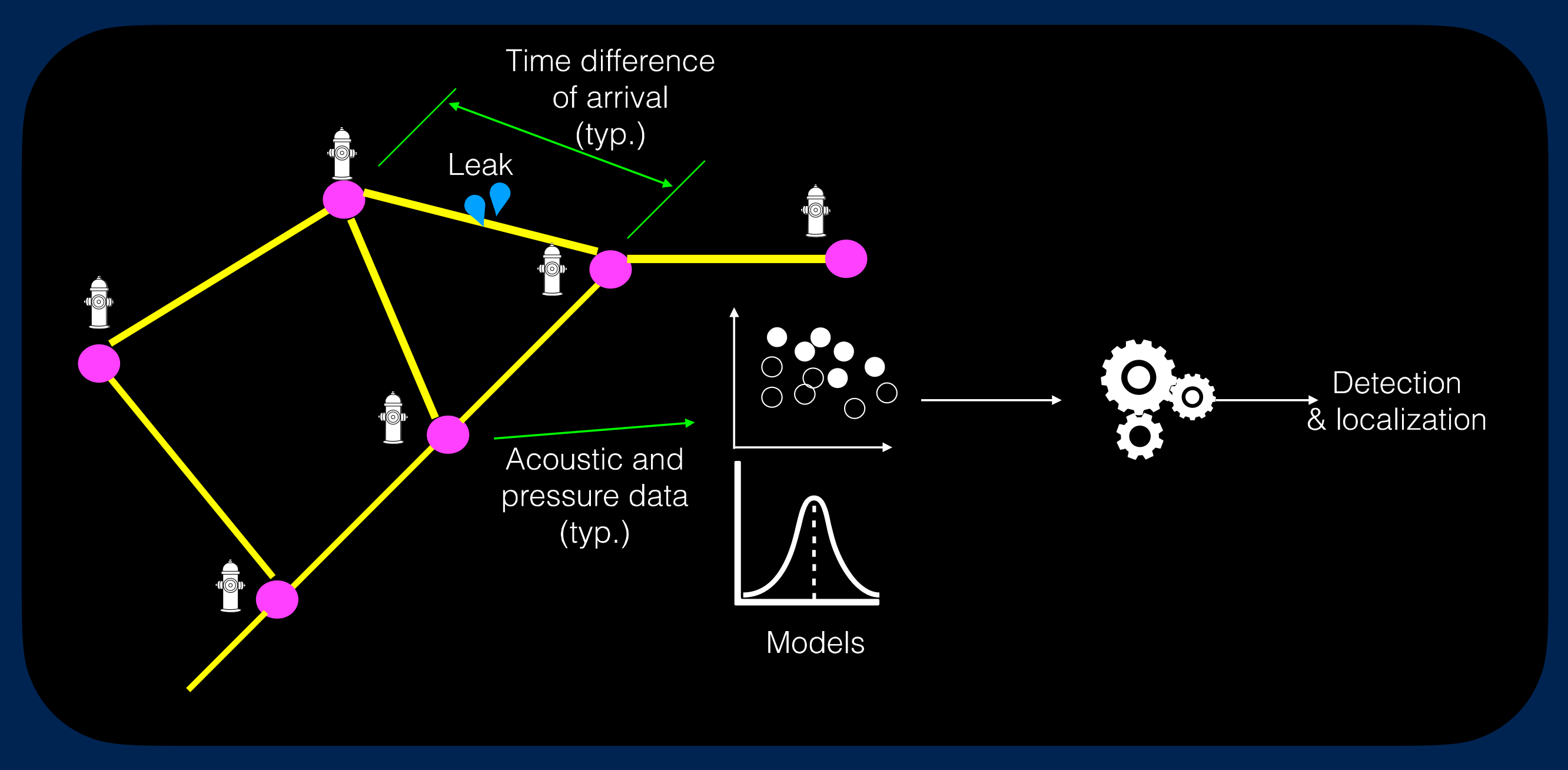
Fire Hydrant Hydrophones Find Water Leaks #ASA184
Acoustic monitoring is the go-to solution for locating a leak in a large urban pipe network, as the sounds from leaks are unique and travel far in water, but even this method struggles in complex systems. To tackle the problem, Pranav Agrawal and Sriram Narasimhan from UCLA developed algorithms that operate on acoustic signals collected via hydrophones mounted on fire hydrants. In doing so, the team can avoid costly excavation and reposition the devices as needed. Combined with novel probabilistic and machine-learning techniques to analyze the signals and pinpoint leaks, this technology could support water conservation efforts.
US forests face an unclear future with climate change
Climate change might compromise how permanently forests are able to store carbon and keep it out of the air. In a new study, researchers found that the regions most at risk to lose forest carbon through fire, climate stress or insect damage are those regions where many forest carbon offset projects have been set up. The authors assert that there’s an urgent need to update these carbon offsets protocols and policies.
MSU research reveals how climate change threatens Asia’s water tower
Tibet is known as the “Water Tower of Asia,” providing water to about 2 billion people and supporting critical ecosystems in High Mountain Asia and the Tibetan Plateau, where many of the largest Asian river systems originate. This region is also one of the areas most vulnerable to the compounding effects of climate change and human activities. Michigan State University researchers are identifying policy changes that need to happen now to prepare for the future impacts projected by climate models.
Heat and drought leading threat to food security & agricultural
Heat and drought are the utmost limiting abiotic factors which pose a major threat to food security and agricultural production and are exacerbated by ‘extreme and rapid’ climate change, according to a new paper in CABI Reviews.
Thirsty wheat needed new water management strategy in ancient China
Research from Washington University in St. Louis shows that a practice of purposeful water management, or irrigation, was adopted in northern China about 4,000 years ago as part of an effort to grow new grains that had been introduced from southwest Asia. But the story gets more complex from there. Wheat and barley arrived on the scene at about the same time, but early farmers only used water management techniques for wheat.
Timely study on rising groundwater offers hope for drought-stricken East Africa
New research indicates better groundwater supply management could hold the key to help combat the impact of climate change in East Africa, where countries are currently facing the worst drought and food insecurity in a generation.
Where should the water go? A national look at prioritizing water optimization
Symposium features the latest techniques and science on water optimization priorities and methods in various areas of the United States
How to keep your garden up in the middle of a drought
KINGSTON, R.I. – August 1, 2022 – For backyard gardeners, mild droughts and water ban restrictions common during the summer months can be a cause for concern. Kate Venturini Hardesty, a program administrator and educator with the University of Rhode Island’s Cooperative Extension, offers some tips for backyard gardeners who are feeling the heat.
How long does a tree or ecosystem remember a drought?
A team of NAU scientists, led by SICCS professor Kiona Ogle, won a $3.6 million grant from the NSF to study the legacy of extreme climate events on ecosystems in the American West; they hope to not only know how long an extreme event influences ecosystems but also figure out how to better forecast such effects.

Latest discovery out of Lake Mead highlights unprecedented water levels amid megadrought
A World War II-era vessel recently surfaced amid the shrinking waters of Lake Mead, the latest example of the historically low water levels of the reservoir on the Arizona-Nevada border. The unprecedented decline stems from a prolonged megadrought in the…
Céline Bonfils : Then and Now / 2012 Early Career Award Winner
Physicist Céline Bonfils studies the multiple influences affecting climate change. Her team identified these “fingerprints” in historical climate simulations to help separate the signals from the noise in observations.
‘Overdrawing the system’: Western water supply lags demand
With severe drought impacting the Western U.S. — including the Colorado River and its reservoirs — the federal government announced this week it is keeping more water in one of the river’s reservoirs, Lake Powell, instead of releasing it downstream…
DROUGHT EXPERTS: University of Oregon researchers available to comment on the ongoing drought
University of Oregon researchers are available to comment on the ongoing drought. More academic experts can be found on the Oregon Experts page. Adell Amos Clayton R. Hess Professor of Law Adell Amos is an academic expert in water drought, natural…
Modeling Study Projects 21st Century Droughts Will Increase Human Migration
Drought and the potential increase in the number of droughts worldwide due to climate change remains a concern for scientists. A recent study led by Stony Brook University researchers suggests that human migration due to droughts will increase by at least 200 percent as we move through the 21st Century.
During Historic Drought, Higher Temperatures Helped Beetle Kill More California Pine Trees
Increased temperatures during an historic drought in California contributed to the death of large numbers of giant pine trees speeding up the life cycle of a tree-killing beetle.
To solve Brazil’s energy and food crisis: store more water
Storing greater amounts of water in Brazil’s reservoirs could increase precipitation and river flow, alleviating the water and energy supply crisis in Brazil.
Sesame cultivation: expansion versus temperature stress
Increasing genetic diversity protects against total crop failure
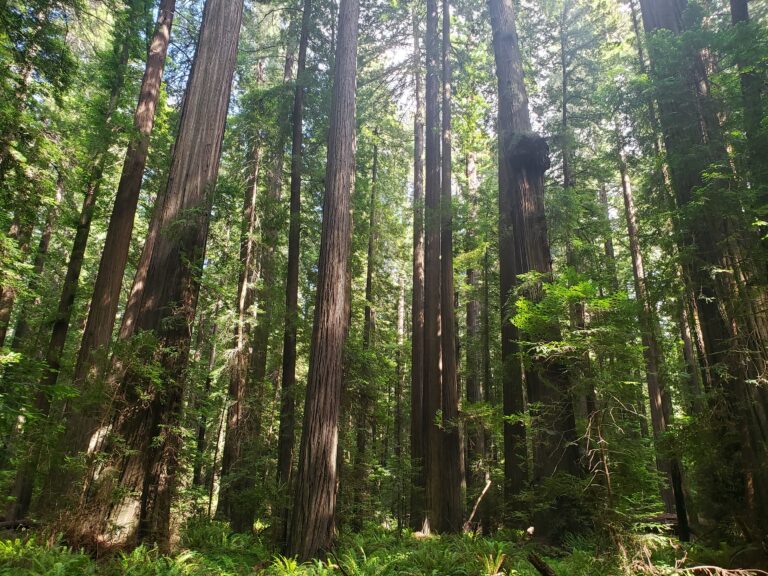
California’s carbon mitigation efforts may be thwarted by climate change itself
Irvine, Calif., July 22, 2021 – To meet an ambitious goal of carbon neutrality by 2045, California’s policymakers are relying in part on forests and shrublands to remove CO2 from the atmosphere, but researchers at the University of California, Irvine warn that future climate change may limit the ecosystem’s ability to perform this service.

Why Remote Work Might Worsen Southwest Water Woes
As concerns flare over record-low water levels at Lake Mead, a new UNLV study shows that COVID-19 pandemic stay-at-home orders — and a subsequent societal shift to remote work — may be exacerbating the problem.
Drought affects aspen survival decades later, new NAU study finds
Research specialist Melissa Boyd and Regents’ professor Michelle Mack from Northern Arizona University led the study, which demonstrated the long-term effects of climate change on this vegetation.
PIRE Research Connects Air Pollution to Worst Taiwanese Drought in Nearly 60 Years
The study, published in the Journal of Atmospheric Chemistry and Physics, analyzed 13 years of satellite and surface to better understand how aerosols impact cloud lifecycle and precipitation during the autumn months over northern Taiwan.

Climate change is driving plant die-offs in Southern California, UCI study finds
Irvine, Calif., June 21, 2021 – A shift is happening in Southern California, and this time it has nothing to do with earthquakes. According to a new study by scientists at the University of California, Irvine, climate change is altering the number of plants populating the region’s deserts and mountains. Using data from the Landsat satellite mission and focusing on an area of nearly 5,000 square miles surrounding Anza-Borrego Desert State Park, the research team found that between 1984 and 2017, vegetation cover in desert ecosystems decreased overall by about 35 percent, with mountains seeing a 13 percent vegetation decline.

Johns Hopkins Expert Available to Discuss Heat Wave in U.S. West
As triple-digit temperatures scorch millions in California and the Desert West, stoking wildfires and exacerbating drought conditions, Johns Hopkins experts can discuss the environmental and health impacts of the heat wave, and how officials can better prepare for the rest…
Expert: The ‘silver bullet’ to the West’s water crisis lies not in Lake Mead but in what we feed our cattle
With water levels in Lake Mead dropping at an alarming rate, the western United States needs to look to other solutions to meet its water needs. That solution can be as simple as changing the way farmers fallow land, which…
Decisions, Decisions: Climate Change and Water
PNNL’s Framework for Assessment of Complex Environmental Tradeoffs (FACET) is designed to navigate and rigorously evaluate competing environmental, economic, and social impacts to help make decisions more equitable. In an example scenario prepared using publicly available data, FACET was applied to predict tradeoffs facing the Colorado River and to balance competing demands of river flow and temperature, along with withdrawals for cities, crop irrigation, and power generation.
Single gene boosts climate resilience, yield and carbon capture in crops
Scientists at Oak Ridge National Laboratory have discovered a single gene that simultaneously boosts plant growth and tolerance for stresses such as drought and salt, all while tackling the root cause of climate change by enabling plants to pull more carbon dioxide from the atmosphere.
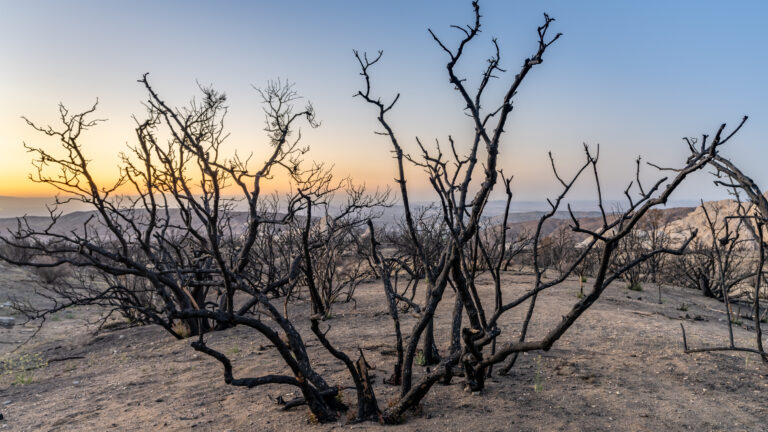
Greenhouse gas and aerosol emissions are lengthening and intensifying droughts
Irvine, Calif., May 17, 2021 — Greenhouse gases and aerosol pollution emitted by human activities are responsible for increases in the frequency, intensity and duration of droughts around the world, according to researchers at the University of California, Irvine. In a study published recently in Nature Communications, scientists in UCI’s Department of Civil & Environmental Engineering showed that over the past century, the likelihood of stronger and more long-lasting dry spells grew in the Americas, the Mediterranean, western and southern Africa and eastern Asia.
SA hub will help build resilience to drought
The University of Adelaide, as part of an extensive collaboration with industry and the South Australian Government, will lead a new drought resilience hub in South Australia. Announced today, the hub will undertake research, development, extension, adoption and commercialisation activities to improve drought resilience and preparedness on SA farms.
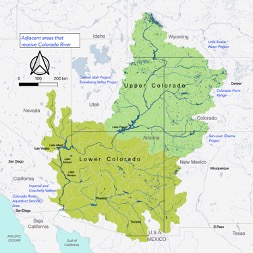
Colorado River basin due for more frequent, intense hydroclimate events
In the vast Colorado River basin, climate change is driving extreme, interconnected events among earth-system elements such as weather and water.
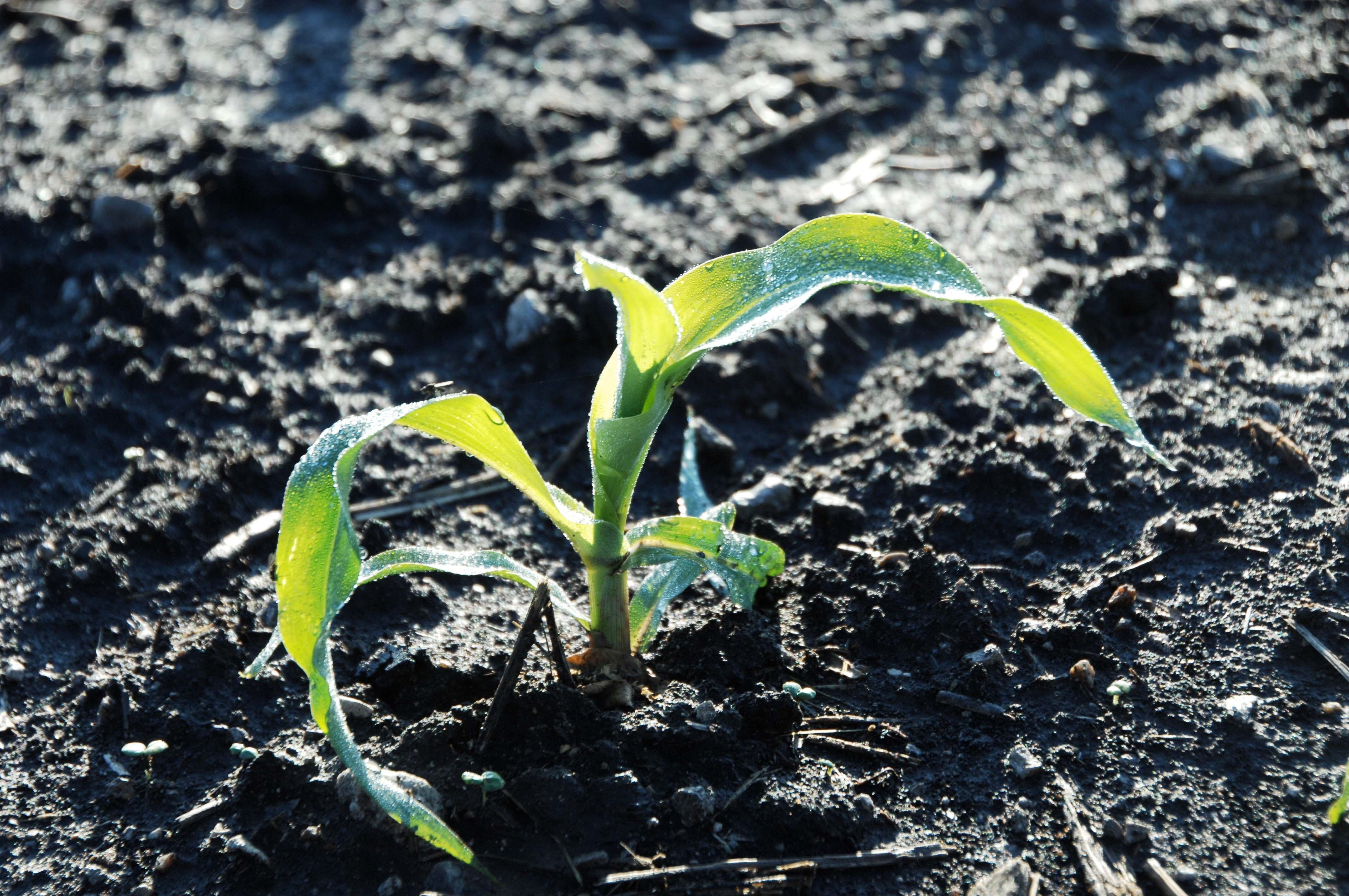
Ag experts available as spring planting approaches
Chad Hart, professor of economics and grain markets specialist, Iowa State University 515-294-9911, [email protected] Corn and soybean prices have risen 50-60% from where they’ve been over the past few years, and Hart said that will incentivize farmers across the country…
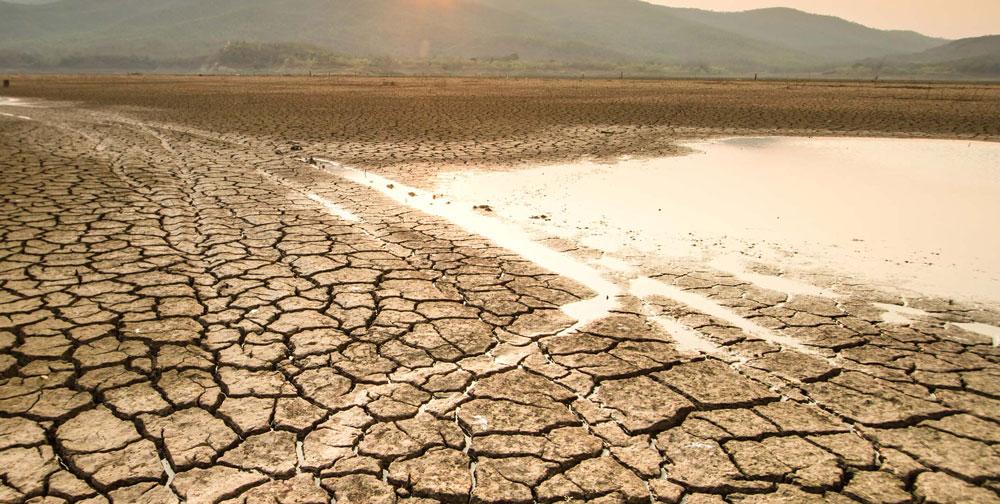
Study exposes global ripple effects of regional water scarcity
An integrated model of climate and human activity suggests water scarcity can have economic ripple effects across the globe – sometimes amplifying economic harm, sometimes even providing benefits to distant regions. The model informs the management of regional water resources and economic adaptation